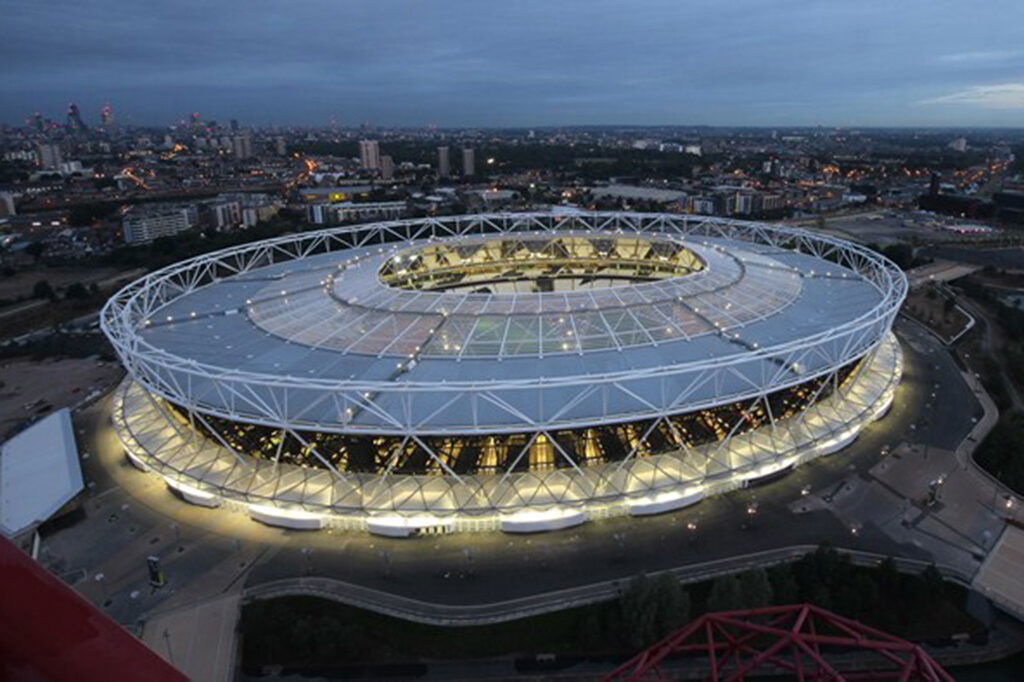Tomorrow marks the end of the London Legacy Development Corporation (LLDC) power when it gives back local planning powers.
The LLDC Planning Policy & Decisions Team (PPDT) will cease its function as local planning authority for the LLDC area from midnight on the 30th of November by returning planning powers to the local London Boroughs.
The departure of LLDC) Chairman Lord Peter Hendy and CEO Lyn Garner is now an opportunity for West Ham to start approaching the GLA for a long lease of the London Stadium.
From April 2025 the London Stadium will no longer be owned or operated by the London Legacy Development Corporation (LLDC) which will be under new leadership.
Suki Kalirai has been appointed the new LLDC Chair and Shazia Hussain has been appointed as the new Chief Executive of LLDC, the LLDC will retain the Queen Elizabeth Park and other venues but not the loss-making stadium.
Next year, the London Stadium owned by E20 Stadium LLP will be transferred to Greater London Authority Holdings Limited, a Greater London Authority GLA subsidiary funded by London taxpayers. The move in theory allows the GLA to explore granting a long lease to West Ham for the London stadium which loses £15m in running costs per annum. A long lease would allow West Ham full control and the ability to run and manage the stadium similarly to Manchester City and the Etihad.
Mayor Sadiq Khan has poured cold water on talk of selling the London Stadium to West Ham, insisting he considers the venue one of the city’s “crown jewels”.
Khan insists he is not interested in offloading it unless there is an offer that is “too good to say no to”.
West Ham currently rent the London Stadium for twenty-five event days per year under a 2013 Concessionaire agreement which has 88 years to run.
A long lease would give the Hammers full control in principle to find naming rights partners, to operate the stadium and to run catering and other non-football events.
A freedom of information request earlier this year shows The London Stadium earns £21.7m in revenue in the last full year of which £6.36m came from West Ham.
UK Athletics provides no revenue. The remainder comes from music concerts, baseball, other events and catering.
Stadium running costs broken down as £3.5m of staff wages, £1.88m in council tax, £3.67m in utility bills and £12.69m of other running costs such as stewards and maintenance bringing total expenditure to £36.5m. That means the London stadium loses £14.75m per year in running costs alone!
For West Ham to agree to a long lease they would need to be confident they could plug that £15m financial black hole either by running the London Stadium more efficiently and bringing in more sponsorship and revenue or from receiving a subsidy from the GLA, alternativity a combination of the two.

